8 Nissan Rogue Sport Specs You Need to Know | Differences Between Rogue and Rogue Sport

The small crossover segment has grown by leaps and bounds in recent years.
Every automaker is getting in on the action, from Mazda and Toyota, to Honda, Chevrolet, Jeep and, yes, even Nissan. This Japanese brand recently introduced its new Rogue Sport, a three-quarter-scale riff on its best-selling Rogue utility vehicle.
Get the Flash Player to see this player.
But does it capture the magic of its bigger brother, which has become Nissan’s most-popular model? For the most part, yes, in a bite-sized package. Expounding on this, here are eight things you should know about the new Rogue Sport.
8. Small ≠ Stripped
Despite its trim dimensions, the Rogue Sport offers some unexpectedly premium features. Top-end SL models can be dressed up with things like blind-spot monitoring, automatic high beams, adaptive cruise control, lane-departure warning, and forward emergency braking, welcome add-ons.
7. It’s More Than a Foot Shorter
Whipping out a tape measure reveals the Rogue Sport is 12.1 inches shorter than a standard Rogue. This should help make it more maneuverable in tight driving situations, though this dimensional alteration does come at the expense of cargo capacity (duh). The Sport’s wheelbase has also been truncated by 2.3 inches, which is less than you might expect, given how much shorter the body is.
6. There’s No Third Row
Since this vehicle has been lopped off rather drastically, it should be no surprise the optional third-row seat available in regular Rogues is not offered here. Really, this shouldn’t be an issue because these seats are so small only the youngest of children can fit anyway, which severely limits their practicality. In short (no pun intended), you won’t be missing much here.
5. It’s Only Slightly Less Spacious
Surprisingly, losing that foot of body hasn’t compromised the Nissan Rogue Sport’s cargo-carrying capacity too much. With the second-row seats up, you get just shy of 23 cubic feet, which compares favorably to the standard Rogue’s 32, though it’s far more than offered by a Mazda CX-3 (up to 12.4), Toyota CH-R (19.0), or Chevy Trax (18.7). Fold those backrests down and you end up with more than 61 cubes, just 0.9 fewer than provided by its big brother.
SEE ALSO: 2017 Nissan Rogue Sport Review
4. It’s About 200 Pounds Lighter
Given the reduced exterior dimensions, it should be no great surprise the Rogue Sport is lighter than its big brother. Comparing front-wheel-drive S variants, the entry-level version of each model, reveals that Sports carry around 199 fewer pounds. This is a significant difference, at least equivalent your run-of-the-mill full-grown American-male passenger.
3. It’s Missing Half a Liter
Naturally, things have been downsized under the hood as well. Rather than being hauled around by a grumbling 2.5-liter four-cylinder engine, the Rogue Sport features a 2.0-liter unit. What it lacks in CCs it more than makes up for with refinement, feeling appreciably smoother than the powerplant used in its sibling. Output measures 141 horsepower and 147 pound-feet of torque, adequate if hardly thrilling figures. Both models feature continuously variable automatic transmissions.
2. But it’s LESS Fuel Efficient than the Regular Rogue
Smaller, lighter and powered by a downsized engine, you’d think the baby Rogue would be appreciably more fuel efficient than its larger sibling, but you’d be wrong. By some unforeseen stroke of misfortune, the Sport is less economical than the standard Rogue. Front-drive models fall behind by one mpg in all three driving categories. Opt instead for all-wheel-drive and, at best, it’s a draw on the combined cycle. Could it be that its smaller powerplant is working a lot harder to lug the Sport around?
1. Priced to Sell
Affordably priced, an entry-level Rogue Sport S starts at a just a few hundred bucks more than $22,000, about $3K less than a similarly basic Rogue. Load up an all-wheel-drive SL model with every factory option and you still won’t crack $32K, making it a strong value in the small-crossover segment.
Discuss this story on our Nissan Forum

Born and raised in metro Detroit, Craig was steeped in mechanics from childhood. He feels as much at home with a wrench or welding gun in his hand as he does behind the wheel or in front of a camera. Putting his Bachelor's Degree in Journalism to good use, he's always pumping out videos, reviews, and features for AutoGuide.com. When the workday is over, he can be found out driving his fully restored 1936 Ford V8 sedan. Craig has covered the automotive industry full time for more than 10 years and is a member of the Automotive Press Association (APA) and Midwest Automotive Media Association (MAMA).
More by Craig Cole




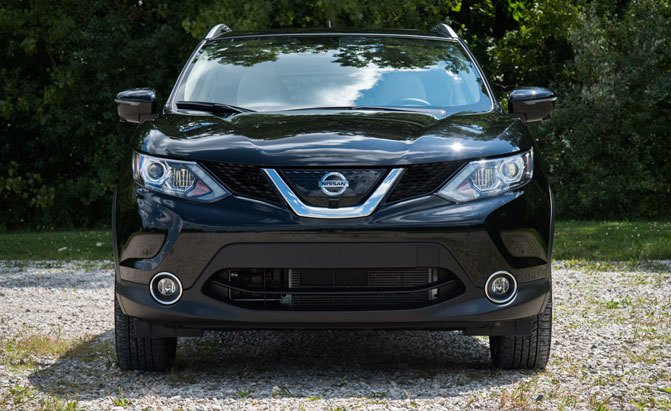


























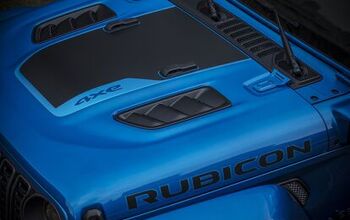

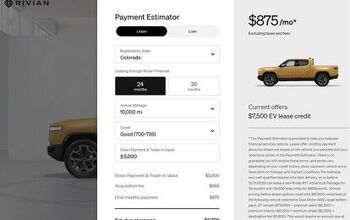
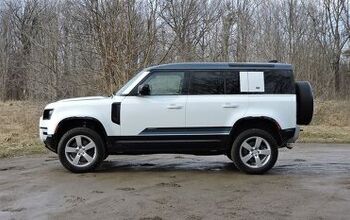
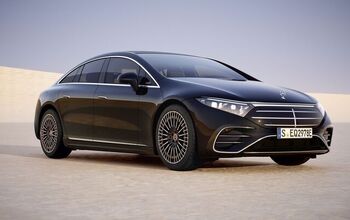
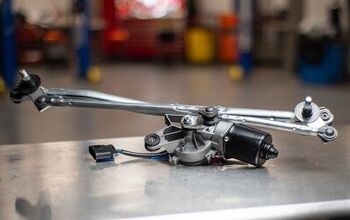

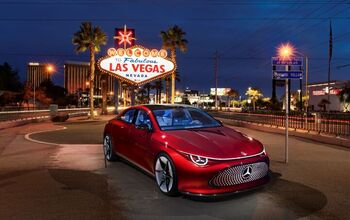
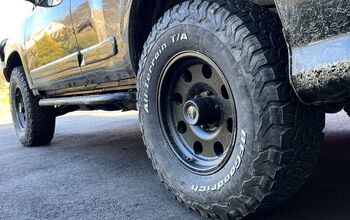

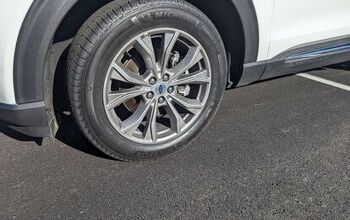
Comments
Join the conversation
How did they succeed in making it LESS efficient? They must've been up all night to accomplish that.
Why does the article say "Even Nissan is getting in the segment"? This car is anything but new. It's a Nissan Qashqai and it was introduced in 2005. I belive it was the best seller one year in Europe and it is by far the best selling Nissan in Europe. I have a 2007 and it's a really reliable car, i've put 400kg of wood on it lots of times, driven it 50k kms without an oil change (yeah, i know), and it just keeps going. With just a 1.5 diesel making 106cv and 240Nm (177 lb-ft). And just 6L / 100 (around 40 US MPG). Why do you guys dont get these little but torquey diesels (made by Renault) is beyond me. That 2.0L petrol has a bit more power and quite a bit less torque than my 1.5 diesel, which has way better economy...